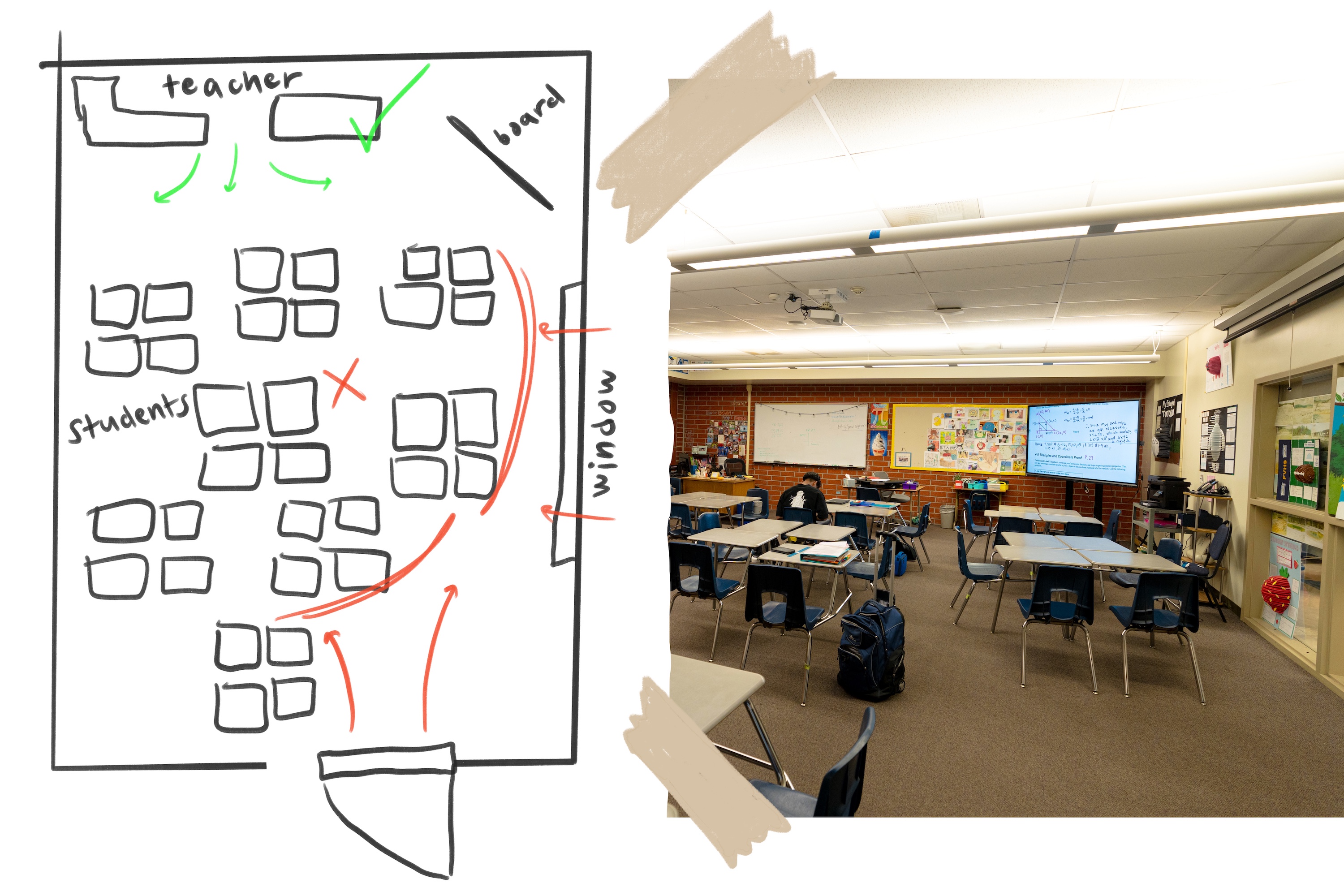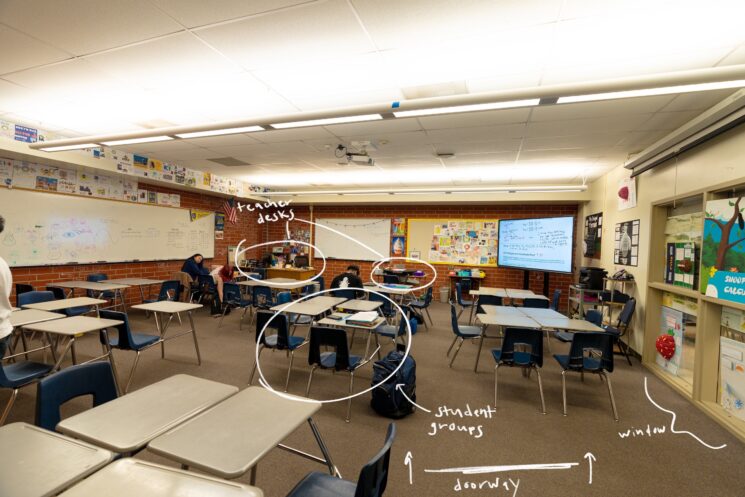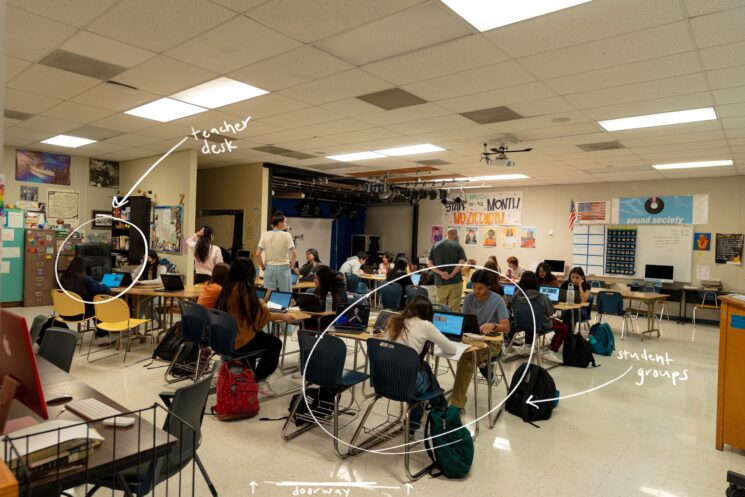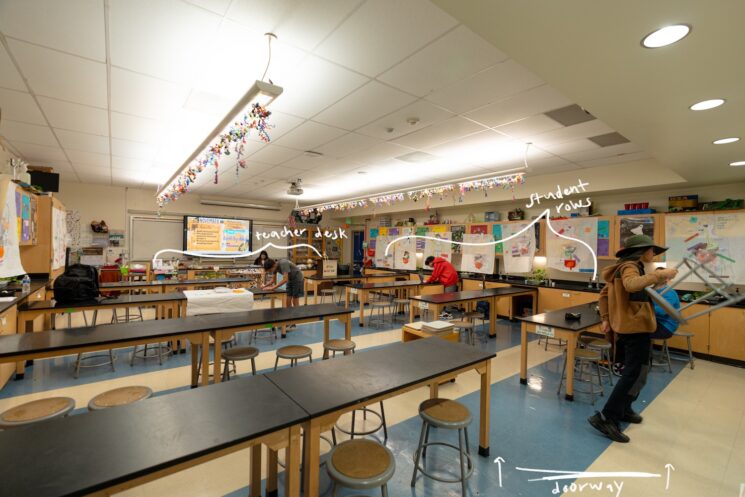
By Kevin Sears
Feng shui is the Chinese practice of maneuvering and orienting specific sites, objects and buildings to achieve harmony with the flow of qi and balance. According to National Geographic, feng shui translates to “the way of wind and water” and originates from the Taoist belief of yin and yang elements. By improving the flow of qi through the arrangement of objects, it is believed that luck and prosperity could be created and brought in.
Cliff Tan, an architect of 15 years in planning and space optimization, has brought his form of feng shui online. With 2.9 million followers on TikTok and 1.26 million on YouTube, Tan has become a prominent speaker on feng shui. Through his videos, Tan showcases the art of feng shui by fixing interior designs submitted by his viewers.
According to Tan, the principles of feng shui can be summed up through the five animals: the tortoise from behind, the phoenix in front, the dragon from the east, the tiger in the west and yourself in the middle.
The tortoise represents support from behind, such as a wall to protect yourself from dangers. The phoenix personifies foresight, openness and good space. An open space in front of you alerts you of any dangers and opportunities heading your way. Akin to the phoenix, the dragon represents growth and good opportunities by placing you in a position to receive the best energy, such as from windows and good lighting. Last but not least, the tiger collects good energy from the dragon.
The five animals are implemented into interior design through the command position on objects that are an extension of you: desks, beds and stoves. The command position is where you spend most of your time in the room and is about feeling good and protected. Thus, following the principles of the five animals, the command position should be the farthest from the door while maintaining a clear sight of the door because it is where danger originates.
Tan consistently receives tens to hundreds of thousands of views on his videos implementing feng shui. There seems to be a science to the art, so what if we implement feng shui in the classroom?

Take a look at math teacher Hoa Kim’s classroom. Her desk lies tucked away in the back of the class with a clear sight of the door. On the other hand, her students are left vulnerable and exposed to dangers from the doors and windows. Applying Tan’s command position principles, Kim’s desk would lay well protected from bad energy while the students are left in a precarious position. The students with their backs to the door fail the tortoise principle. Their backs are left undefended from a threat from behind. Similarly, the students with their backs to the window are left exposed to the observations of math teacher Jane Springer’s class.

Examining English teacher Sean Ziebarth’s room, his students suffer from the same problem as Kim’s. With doors on both sides of the class, bad energy sandwiches the students who have their backs to the doors of the classroom, leaving themselves exposed and vulnerable to bad energy. From the front of the room, Ziebarth often works and gives his lectures; however, as you’ve probably guessed, this breaks the rules of Feng Shui.

Peeking into science teacher Erika William’s room, her desk is the prime example of a classroom command position. She has a full view of her whole class along with the primary entrance, while her back is protected by the wall. She lays in the center of the room with unobstructed vision. However, her success comes at the expense of the students, once again, who have their backs exposed.
Considering the feng shui of these three classrooms, teachers often settle towards the back of the classroom, farthest from the door, with a clear line of sight of the classroom’s workings. Students sit either towards the teacher or at tables, with most backs facing the door. The positioning of the students in the classroom fails the principles of feng shui, creating a poor and unsecure working environment.
Although feng shui isn’t pure science, if we applied the principles of feng shui to our school’s classrooms, it would create a better learning environment for the students. Teachers shouldn’t be at the advantage point of a classroom; it’s the students who should feel comfortable and empowered from where they sit.





